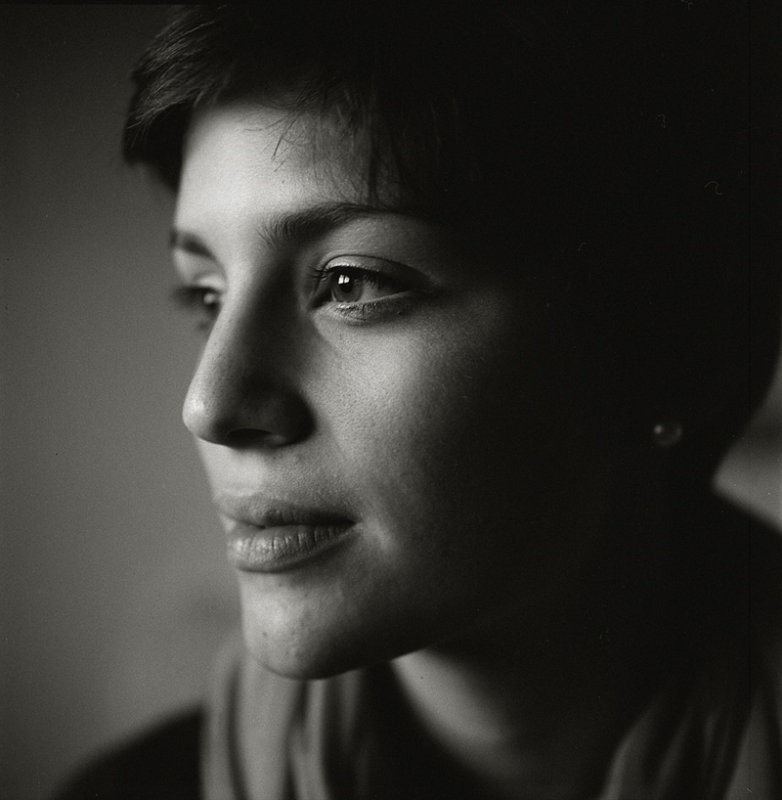I don't think this is correct.
I have never seen a 2.8D with the plastic locks. Every image I have ever seen of one has metal types. My own D has these also. It's not uncommon for Cs to have one or both missing; my own C does not have the PC connector lock. I have wondered how hard it would be to reproduce these but I suspect the cost of tooling up for a high quality replacement of a limited run of items would put people off price wise.
The C is better value for money. It's also a historically significant model for Rollei.
What are the finest lenses Rollei ever fitted to their TLRs? I don't want to start a flame war between Tessar/Xenar owners and others, because, honestly, I have never met a Rollei TLR I couldn't love at first sight--but most would respond that the Xenotar and Planar lenses are the best of the best. Well, both these lenses debuted on the 2.8C model Rolleiflex.
I think the out of focus effects of all the lens and shutter types, from what I have seen, are wonderful, but I do confess I like the way the shutter of the C renders any out of focus highlights as circles, instead of pentagons.
Do you want a built in light meter? I prefer without, personally, and usually incident meter with a hand held meter. The E models have a cover plate for the meter cell if a meter isn't fitted to a particular camera. One of the things I like about the older models like the B, C & D is that because meters were not fitted, they have a simple "Rolleiflex" plate in front of the viewfinder assembly. I therefore feel that, aesthetically, they are the most beautiful Rolleiflexes. Maybe the D, with those aforementioned chrome metal locks, is the prettiest of all?
Functionally, other differences between the two include the EV system, which is fitted to the D & E model but not the C.
The Synchro Compur shutter fitted to the C is a Compur Rapid type with booster spring for 1/500. There are several implications in practical use as a result of this. Firstly, it's a reliable shutter. However it's not possible to select, or de-select, the maximum speed after the camera has been wound and the shutter is cocked. In use it is not a major problem, because the C model was also the first to be fitted with double exposure capability. I have had to train myself not to wind my C on after shooting. If, in the rare instance I need to change on or off of 1/500, I simply stop the lens down to f/22, fire the shutter with the taking lens covered, and use the double exposure release to cock the shutter again after I have re-set it. So there is a work around, but, it is important not to try to adjust on or off 1/500 if it is cocked because it can damage the shutter.
Secondly, and also related to 1/500, you mustn't set the self timer with 1/500 selected. It will lock the shutter up. Because I do some landscape I will often use the timer to trip the shutter without bumping the camera, so maybe I use a timer more than some. During my first roll with it, I set the timer with 1/500 selected and the timer wouldn't release, and the shutter wouldn't trip. I ended up disregarding my own advice, and shifted the shutter speed down to 1/250 (against the not-insubstantial tension from the booster spring) so I could free the shutter. Luckily, I got away with it but it's not recommended. In any event, unless you need a group portrait in full sun, 1/500 should never be required with timer, but, FYI--it will lock the shutter up.
The last point regarding the C shutter installation is that, it does indeed feature a wonderful ten bladed aperture which keeps the lens opening nearly perfectly round at all stops. However. It also uses the "old" scale of shutter speeds; Ie 1/500; 1/250; 1/100; 1/50; 1/25; 1/10; 1/5; 1/2; 1s; Bulb. The good news is that the shutter can be set to select intermediate speeds Eg. 1/125 or 1/60. According to page 24 of the original owners manual for the C: "Intermediate speeds may be set at any points between 1 sec. and 1/10th sec. and between 1/25th and 1/250th sec."
The most common lens fitted to the C is the Xenotar. A wonderful lens but sadly coatings are often less than perfect. At least the front cell is a single piece of glass, unlike the 2.8 Planar types, so re-coating isn't nearly as difficult or, presumably, as expensive as removal is a straightforward affair. You need to check condition closely though, for scratches or coating deterioration.
The last point is that the E model has a nifty sliding depth of field strip inboard of the focus knob linked to the aperture control. So as you adjust the aperture the depth of field range automatically alters. The C has a traditional printed scale showing the numbers of all the stops next to their depth of field. For landscape use I think the old design is actually better suited to hyperfocal focussing because you can see the DOF for all the stops, not just the one that is selected. YMMV.
The most important factor should be condition. Apart from the Rolleimagic models I don't think there is any such thing as a bad Rollei TLR model (and there are a few die hard who still use the Magics!). I'd love a pre-war model one day, because I believe they all have their own appeal. So by all means look for the preferred model type you want (you can't really go wrong with any of them) but condition is always key.
Regards,
Brett


